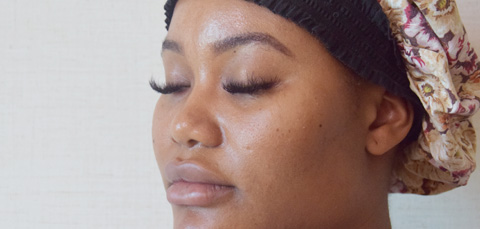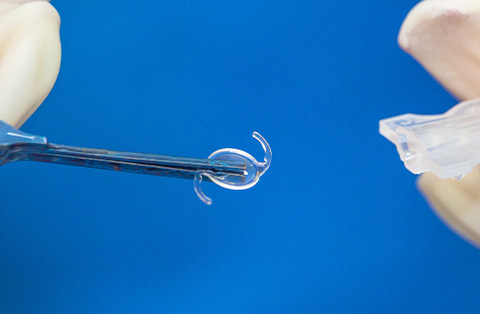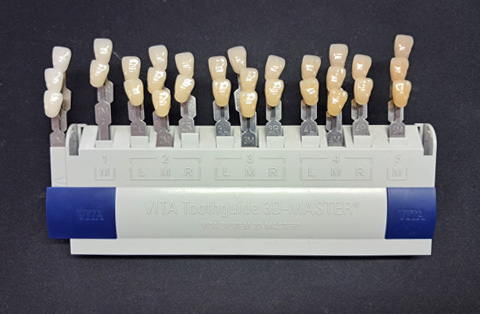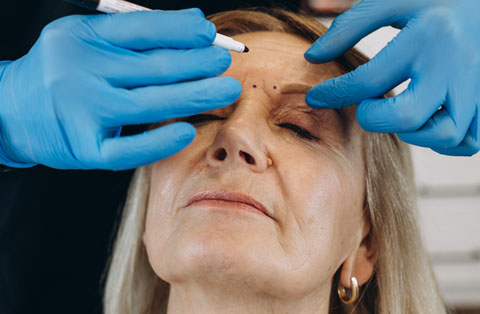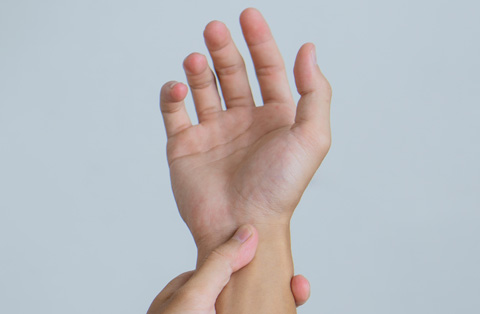Understanding the nuances of facial aesthetic surgery requires a comprehensive awareness of the broad range of anatomical structures across ethnic groups.
What is an ethnic rhinoplasty?
Ethnic rhinoplasty caters to different cultural aesthetics and individual needs, while preserving unique ethnic identity.
Here, we delve into the captivating world of ethnic rhinoplasty and answer your most pressing questions.
Enhancing Your Ethnic Rhinoplasty Results
To optimize the results of ethnic rhinoplasty, a nuanced understanding of different ethnic nasal structures, associated surgical techniques, and patient’s specific expectations is imperative. Different ethnic groups have different nose features. It’s important to use specific surgical methods to improve the results, like changing the bridge or reshaping the tip.
Upholding Cultural Identity
A key aspect of ethnic rhinoplasty is honouring and preserving one’s cultural identity. This surgery is not about westernizing the nose but aims to refine and harmonize the nasal structure while maintaining ethnic characteristics. It is about celebrating diversity and supporting individuals in feeling more confident in their own skin.
Ensuring Facial Harmony
The objective of ethnic rhinoplasty, much like traditional rhinoplasty, is to create a balance between the nose and other facial features. A ‘perfect’ nose isn’t a one-size-fits-all; it’s one that complements and enhances your unique facial characteristics.
Matching Patient with Technique
There is no single surgical technique suitable for everyone. Doctors should choose the best surgery method for each patient based on their ethnicity, nose shape, and desired results. There are two main techniques for rhinoplasty: ‘open’ and ‘closed’. The choice relies on the amount of change needed and the surgeon’s skill.
Types of Ethnic Rhinoplasty
Each ethnic group has distinct nasal features. Let’s explore how ethnic rhinoplasty caters to these different characteristics.
Indian and Pakistani Rhinoplasty
Individuals of Indian and Pakistani descent often have a more prominent nasal hump and a drooping nasal tip. The ethnic rhinoplasty procedures for this group aim to soften the hump and uplift the tip while preserving their natural ethnicity.
Asian Rhinoplasty
Asian noses often have a flat bridge and a wide base. Asian rhinoplasty typically involves augmenting the bridge and refining the nostrils.
African Rhinoplasty
African noses often have a wide base and a flatter profile. Rhinoplasty procedures usually aim at narrowing the nasal width and enhancing the bridge projection while maintaining the distinct African aesthetics.
Middle Eastern Rhinoplasty
Middle Eastern noses often exhibit a pronounced dorsal hump and a longer drooping tip. Rhinoplasty in this group aims to reduce the hump and lift the tip while respecting your ethnic background.
What To Expect from Ethnic Rhinoplasty?
Before your surgery, you will meet with your surgeon. During this meeting, you will discuss your desired outcome, learn about the procedure, and create a plan. The surgery, typically performed under general anaesthesia, usually lasts 2-3 hours, depending on the complexity. Post-surgery, you can expect some swelling and bruising, which subsides over a few weeks.
Recovery and Healing After Ethnic Rhinoplasty
The recovery timeline after ethnic rhinoplasty varies from patient to patient. Here’s a typical timeline:
Week 1
Expect significant swelling and bruising. A nasal splint is usually in place.
Week 2
The nasal splint is removed. Most of the swelling and bruising has faded.
Week 3-4
You should see a noticeable improvement in the nasal shape.
Week 5-6
Most of the external swelling is gone.
Week 7-10
Further refinement in nasal shape continues.
Healing and final result may take up to a year as internal swelling needs more time to go away.
Can You Combine Ethnic Rhinoplasty with Other Procedures?
You can combine ethnic nose surgery with other face surgeries such as chin enhancement, eyelid surgery, face tightening, and lip enhancement. In addition, we can also perform non-surgical treatments like wrinkle injections and fillers. Your surgeon can guide you on the suitable combinations based on your aesthetic goals.
Chin Augmentation
Chin augmentation is a surgery to improve the size and shape of the chin for a more balanced and proportional face. Surgeons achieve this by inserting implants or reshaping the bone. You can perform it alone or alongside a rhinoplasty for a more harmonious facial profile.
Blepharoplasty
Blepharoplasty, or an eyelid surgery, is a procedure that improves the appearance of the upper and lower eyelids. It can fix problems like sagging eyelids and swollen bags under your eyes. These features can make you appear older and more exhausted than you actually feel and might even affect your eyesight. The procedure removes excess skin, muscle, and sometimes fat, resulting in a more alert and youthful appearance.
Facelift
A facelift, or rhytidectomy, is a surgical procedure that aims to give a more youthful appearance to the face. It removes extra skin on the face and neck, sometimes tightening the tissues underneath, and then repositions the skin. A facelift can address sagging, wrinkles, and muscle weakness. It can also reduce loose skin and fat in the lower face and neck.
Lip Augmentation
Lip augmentation is a cosmetic procedure that can give you fuller, plumper lips. Today, an injectable dermal filler is the most commonly used method of lip augmentation. These fillers can enhance lip volume, shape, or structure and last around six months. Patients can achieve lip augmentation through surgical implants and lifts, depending on their needs and aesthetic goals.
How Much Does Ethnic Rhinoplasty Cost?
The cost of ethnic rhinoplasty varies widely based on the complexity of the procedure, surgeon’s expertise, and geographical location. The price range can be anywhere from $3,000 to $15,000.
Ethnic Rhinoplasty Cost in Turkey
Turkey has emerged as a global destination for plastic surgery, offering high-quality medical services at competitive prices. The cost of ethnic rhinoplasty in Turkey typically ranges from $2,000 to $4,500, including pre-op tests, surgery, anaesthesia, and hospital stay.
Is Ethnic Rhinoplasty Worth It?
If you’re considering ethnic rhinoplasty, it’s crucial to remember it’s a personal decision that should be made to increase your self-confidence and not to fit into someone else’s ideal image. Most patients find the procedure worth it, as it enhances their facial harmony while respecting their ethnic identity.
What Are the Risks?
Like any surgical procedure, ethnic rhinoplasty carries certain risks, such as bleeding, infection, poor wound healing, or dissatisfaction with cosmetic results. However, these risks can be minimized by choosing a board-certified surgeon with extensive experience in ethnic rhinoplasty.
Remember, communication is key. Make sure you discuss all your concerns and expectations with your surgeon to ensure a satisfying and successful outcome.
Frequently Asked Questions
How is ethnic rhinoplasty different?
Ethnic rhinoplasty is different from a standard rhinoplasty because it requires special consideration of the patient’s ethnic background, facial structure, skin type, and aesthetic goals. The goal is to enhance the nose while preserving cultural and ethnic identity.
How long does ethnic rhinoplasty last?
The results of an ethnic rhinoplasty are generally permanent, barring any significant injury or trauma to the nose post-surgery, or any subsequent plastic surgeries.
What is nose bridge ethnic rhinoplasty?
Nose bridge ethnic rhinoplasty is a procedure designed to alter the width or height of the nasal bridge in individuals of non-Caucasian descent, maintaining the patient’s ethnic characteristics while achieving a balanced aesthetic result.
What ethnicity has a bulbous nose tip?
A bulbous nose tip, characterized by a rounded, domed appearance, can be found across all ethnicities. However, it is a common characteristic in many ethnic rhinoplasties, particularly in African and Asian nose surgeries.
What is the difference between rhinoplasty and ethnic rhinoplasty?
The primary difference between rhinoplasty and ethnic rhinoplasty lies in the surgeon’s approach. In ethnic rhinoplasty, the surgeon maintains and respects the patient’s ethnic identity and unique facial features while improving the aesthetic or functional aspects of the nose.
What is a Korean nose job?
A Korean nose job, common in South Korea, often involves creating a higher, more defined nasal bridge and refining the nasal tip. This can be achieved using implants or autologous grafts. It aims to give the nose a more pronounced, yet natural, appearance.
Which country is good for rhinoplasty?
Highly skilled surgeons in many countries, including the US, Brazil, and South Korea, have made rhinoplasty renowned. However, Turkey is also popular for rhinoplasty, known as a “nose job mecca” due to its affordability and quality.
What is the best type of rhinoplasty?
The most suitable form of rhinoplasty varies from person to person and is determined by their specific requirements, facial characteristics, and desired appearance. Options include open or closed rhinoplasty, as well as revision or ethnic rhinoplasty.
How long does rhinoplasty last?
The results of a rhinoplasty are generally permanent, although it may take up to a year for the final results to fully show due to the long healing process associated with this surgery.
Is Turkey the best for nose job?
Turkey is known as a popular destination for rhinoplasty due to its affordable pricing, experienced surgeons, and high standard of healthcare. However, the “best” location will depend on individual factors such as the patient’s needs, budget, and comfort with the surgeon.
Do people go to Istanbul for nose jobs?
Yes, Istanbul is a popular destination for international patients seeking rhinoplasty due to its skilled surgeons, modern clinics, and affordable prices compared to other countries.
What is the ideal nose size?
The ideal nose size varies greatly depending on cultural, ethnic, and personal preferences. It’s important to note that the “ideal” nose size should complement and balance the other facial features, rather than adhering to a single standard of beauty.
Can a nose job look natural?
Yes, a well-performed rhinoplasty can provide a natural-looking result. A skilled surgeon will take into account the patient’s facial features, ethnicity, and personal desires to create a result that harmonizes with the overall facial structure.
Will people notice my nose job?
People may or may not notice your nose job. The goal of a good rhinoplasty is to create a nose that looks natural on your face and does not appear operated. While people might notice an improvement in your appearance, it may not be immediately obvious that you had a nose job unless the changes are drastic.
How painful is rhinoplasty recovery?
Most patients report mild to moderate discomfort after rhinoplasty, but this can be managed with prescribed pain medication. The majority of discomfort typically subsides within the first 72 hours after surgery. Swelling, bruising, and a feeling of nasal congestion are common during recovery.
